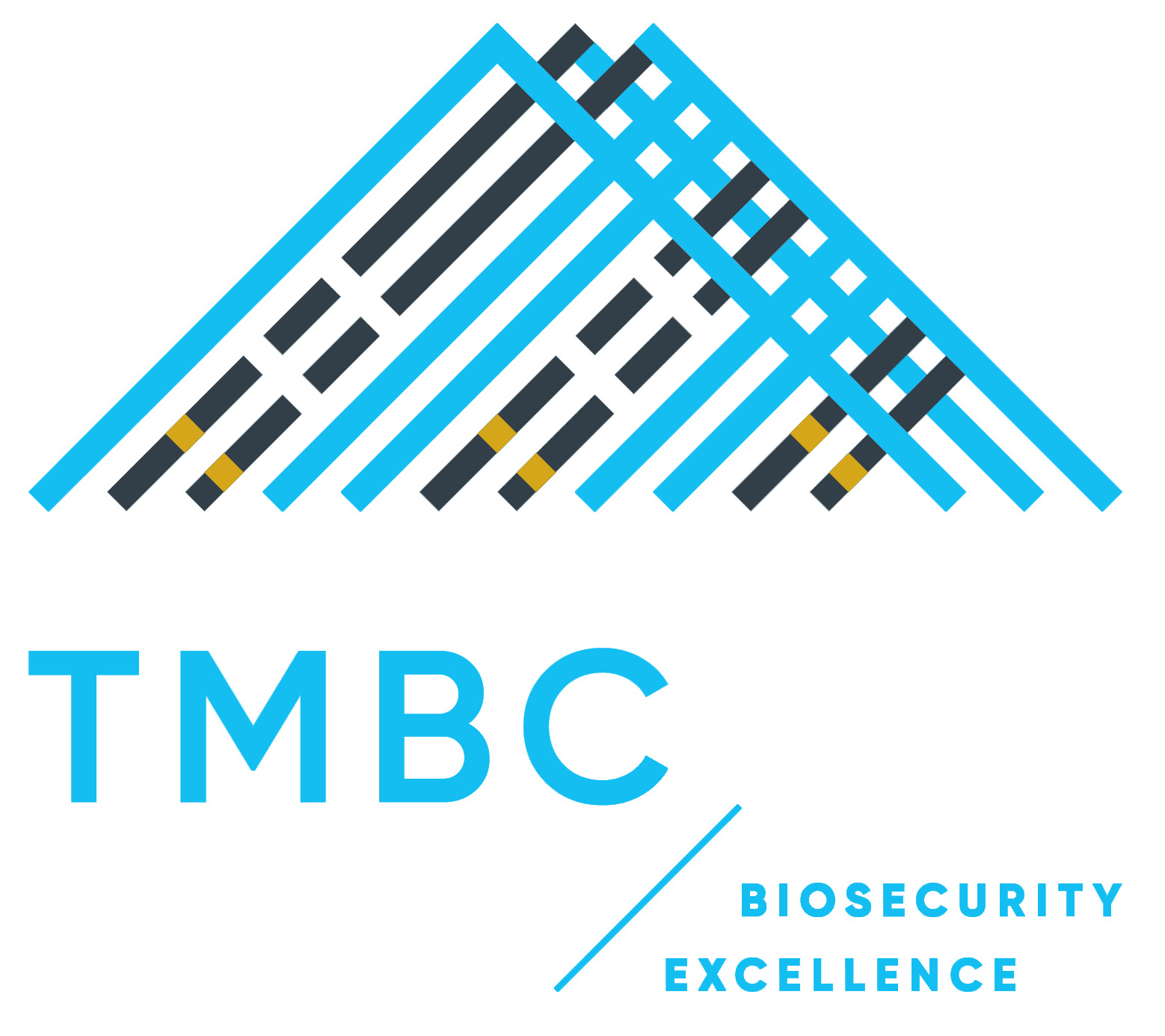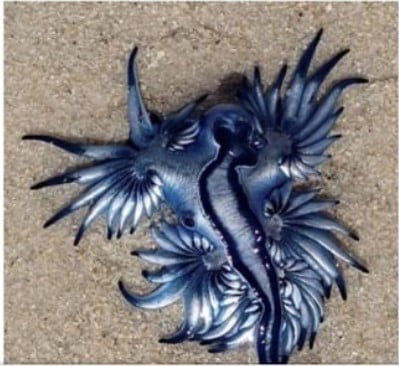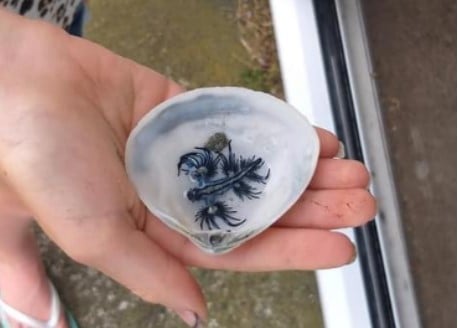You may have seen the images of the strange-looking blue sea slugs (Glaucus atlanticus), that were found washing up on beaches along the Bay of Plenty coastline last month.
Packing a painful sting, people are asked to avoid touching these sea slugs and to keep their pets away.
A large number were found washed up on Ōhope Beach in March – if you see any more, be sure to take note of the date, time, and location, and notify Bay of Plenty Regional Council.
Strictly speaking, glaucus atlanticus aren’t actually toxic, but they store stinging nematocysts (the same cells in jellyfish tentacles) within its own tissues as a defence mechanism, making it dangerous for humans and pets.
The sea slugs feed on blue bottles, which will often be found washed up on the beach alongside them.
Check out this video with Bay of Plenty Regional Council’s environmental scientist, Dr Josie Crawshaw, to learn more:


